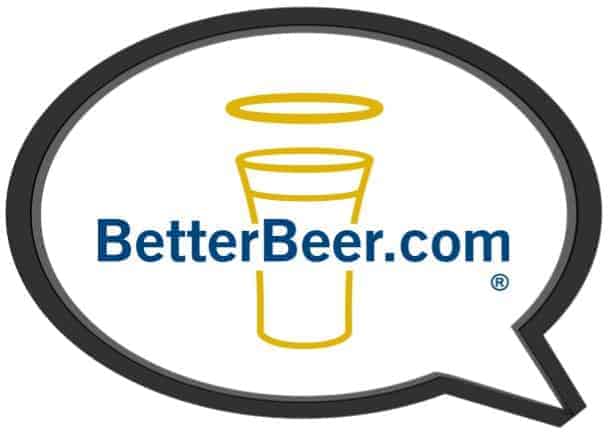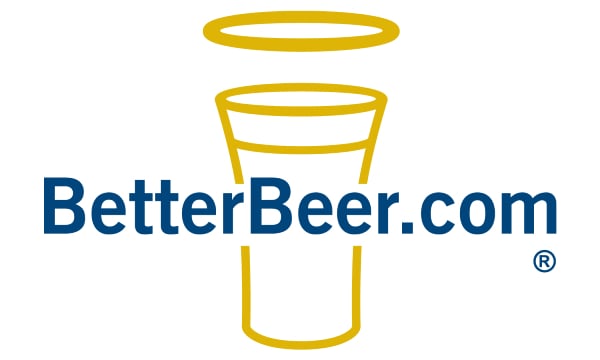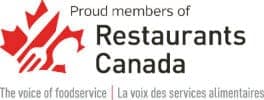Ask Better Beer
Beer Gas Cylinders
There are different ways to push the beer from the keg out to the bar.
- There are beer gas cylinders,
- beer gas blenders,
- And beer gas blender generators.
I guess there's also air compressors, too, but they are terrible. If you're using an air compressor, you've got to call me right now and we’ll help you make the change and point you in the right direction. I explain why air compressors are terrible here. But just know that air is the worst thing for draft beer quality. It's 1970’s technology.
Beer Gas Cylinders
So let’s start with cylinders, which are really designed for stouts. If you take a sip of Guinness, you'll notice there's not a lot of carbonation in it; not a lot of carbonic bite.
On the other hand, a light lager or IPA would have much more carbonation.
The problem is that we can’t use the same blend of gas to push both nitro and non-nitro beers as there's not enough CO2 in the cylinders. They are designed for nitrogenized beers like Guinness - which don't have a lot of carbonation.
Cylinders will let you push all of your beer through the line but it doesn’t provide enough CO2 for all of your brands besides your nitro ones (like Guinness).
When your non-nitro brands don’t have enough CO2 they become flat and you will hear guest complaints that the beer tastes like the bottom of the keg - guestspeak for “flat beer”.
Kegs of non-nitro beers have about 13# (pounds) of CO2 in them, nitro beers have about 5#.
Beer gas cylinders only contain 25% CO2 and 75% Nitrogen.
If your regulators are set at 22#, you are pushing about 5.5# of CO2 (25% of 26#) into your kegs. Perfect for a nitro beer that only needs 5#, but non so great for a non-nitro beer that needs 13#.
As the keg drains there is less CO2 in the keg and the beer becomes flat - tastes like the bottom of the keg.
The solution is to have two different blends of gas, and for that, you need to get a blender or a blender generator.
Beer Gas Blender
A blender is mounted on the wall outside the beer fridge. It takes 100% CO2 and 100% nitrogen and it makes two blends of beer gases that are perfect for your brand selection. It'll make a blend of 25/75 for your nitros (Guinness) and a 60/40 blend for your non-nitros (all of your other brands).
The 25/75 blend will contain 25% CO2 and if your regulators are set at 22#, you will be pushing 5.5# of CO2 into your kegs (.25 x 22 = 5.5). That is perfect for your nitro brands (Guinness).
The 60/40 blend will contain 60% CO2 and if your regulators are set at 22#, you will be pushing 13# of CO2 into your kegs (.6 x 22 = 13.2). That is perfect for all of your other brands, the non-nitro brands.
Beer Gas Blender Generator
The third option is the Cadillac systems, a blender generator. Instead of having a cylinder of nitrogen to feed the blender, it has a generator which takes nitrogen out of the air and stores it in a built-in cylinder. So you always have nitrogen and you don't have to buy it.
A blender generator is a little more expensive than just a blender, but you never have to buy nitrogen again because it makes it and stores it there for you.
Stop using cylinders if you're using them; switch to a blender generator.
We don't sell beer gas systems, but we do know people in the industry that do. If you need some help, give us a call, and we’ll point you in the right direction.
NOTE: We received an email from a fan who wished to remain anonymous calling out that our science isn't 100% correct. And they are right.
When we talk about needing 22# of gas and 14# should be CO2, we just can't add in 8# of Nitrogen to get 22. It is much, much more complicated than that.
We used that example to simplify the beer gas question. We are speaking to restaurant managers who want the simple explanation, they don't need (more importantly, don't want) the NASA level explanation. And, we've found that some draught techs don't understand even the basics, let alone the advanced theories.
If you are looking to calculate the exact percentages of CO2 and Nitrogen, the best way is to use this calculator from McDantim.
Regardless of how the science is explained, science says that you should never be using cylinders to push your beer. Cheers!
NOTE: We received an email from a fan who wished to remain anonymous calling out that our science isn't 100% correct. And they are right.
When we talk about needing 22# of gas and 14# should be CO2, we just can't add in 8# of Nitrogen to get 22. It is much, much more complicated than that.
We used that example to simplify the beer gas question. We are speaking to restaurant managers who want the simple explanation, they don't need (more importantly, don't want) the NASA level explanation. And, we've found that some draught techs don't understand even the basics, let alone the advanced theories.
If you are looking to calculate the exact percentages of CO2 and Nitrogen, the best way is to use this calculator from McDantim.
Regardless of how the science is explained, science says that you should never be using cylinders to push your beer. Cheers!
NOTE: We received an email from a fan who wished to remain anonymous calling out that our science isn't 100% correct. And they are right.
When we talk about needing 22# of gas and 14# should be CO2, we just can't add in 8# of Nitrogen to get 22. It is much, much more complicated than that.
We used that example to simplify the beer gas question. We are speaking to restaurant managers who want the simple explanation, they don't need (more importantly, don't want) the NASA level explanation. And, we've found that some draught techs don't understand even the basics, let alone the advanced theories.
If you are looking to calculate the exact percentages of CO2 and Nitrogen, the best way is to use this calculator from McDantim.
Regardless of how the science is explained, science says that you should never be using cylinders to push your beer. Cheers!
Has someone told you something about your draught system that you aren't sure is true?
Do you wonder why things are done they way they are or wonder how things could be done better?
Ask Better Beer and we'll answer your questions.
And - if we use it in a video, we'll send you some Better Beer swag. Who doesn't love free swag?!

Do you struggle to get straight answers with your draft system?
Questions like how often should you clean your lines?
What's optimal draft spillage?
We're here to help. Ask better beer is where you can ask your questions in this form, and if we pick them and use them on video and answer them for you, we're going to send you some cool, Better Beer swag.
So let's help you start pouring some better quality pints. Cheers. to Better Beer!

